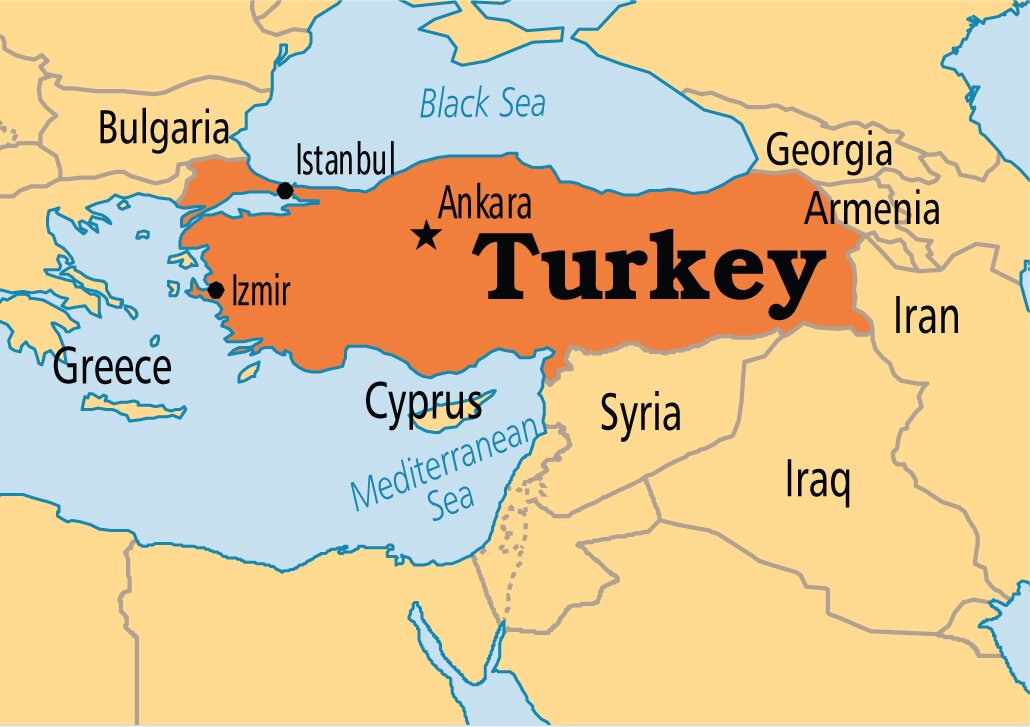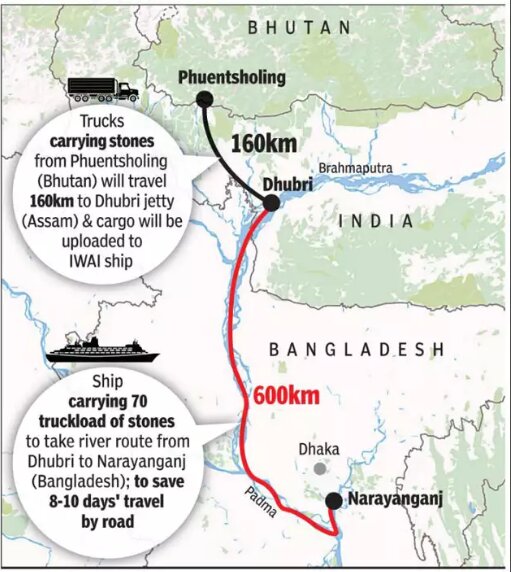Social Justice
LaQshya: Labour room Quality Improvement Initiative
Recently, the Union Ministry of Health and Family Welfare has launched “LaQshya” (Labour room Quality Improvement Initiative) to improve the quality of care in the labour room and maternity operation theatres in public health facilities.
- Aim of the LaQshya program is to reduce preventable maternal and newborn mortality, morbidity and stillbirths associated with the care around delivery in the Labour Room and Maternity Operation Theatre (OT) and ensure respectful maternity care.
Implementation
- The LaQshya program will be implemented by all Medical College Hospitals, District Hospitals and First Referral Unit (FRU), and Community Health Centres (CHCs) and will benefit every pregnant woman and new-born delivering in public health institutions.
- Under the initiative, a multi-pronged strategy has been adopted such as improving infrastructure up-gradation, ensuring the availability of essential equipment, providing adequate human resources, capacity building of health care workers and improving quality processes in the labour room.
- The Quality Improvement in the labour room and maternity OT will be assessed through NQAS (National Quality Assurance Standards).
Background
- India has come a long way in improving maternal survival as Maternal Mortality Ratio (MMR) has reduced from 167 in 2011-13 to 130 in 2014-16, an impressive decline of 22% in the last few years.
- India is further committed to ensuring safe motherhood to every pregnant woman in the country.
Maternal Mortality Ratio
- The Maternal Mortality Ratio (MMR) is a key performance indicator for efforts to improve the health and safety of mothers before, during, and after childbirth.
- MMR is the annual number of maternal deaths per 100,000 live births.
- Maternal death is the death of a woman while pregnant or within 42 days of termination of pregnancy.
Economy
India to become Fifth Largest Economy
A recent report has revealed that India will overtake the United Kingdom to become the world's fifth-biggest economy in 2019.
- India with Gross Domestic Product of $5.9 trillion in 2025, will become the world's third-largest economy (in terms of GDP) by surpassing Japanese GDP.
- The size of the Indian consumer market is forecasted to increase from $1.9 trillion in 2019 to $3.6 trillion by 2025.
- As the size of India’s consumer market continues to grow at a rapid pace, India will also play an increasingly important role as one of the Asia-Pacific region's major economic growth engines.
Factors for Sustaining India’s Economic Growth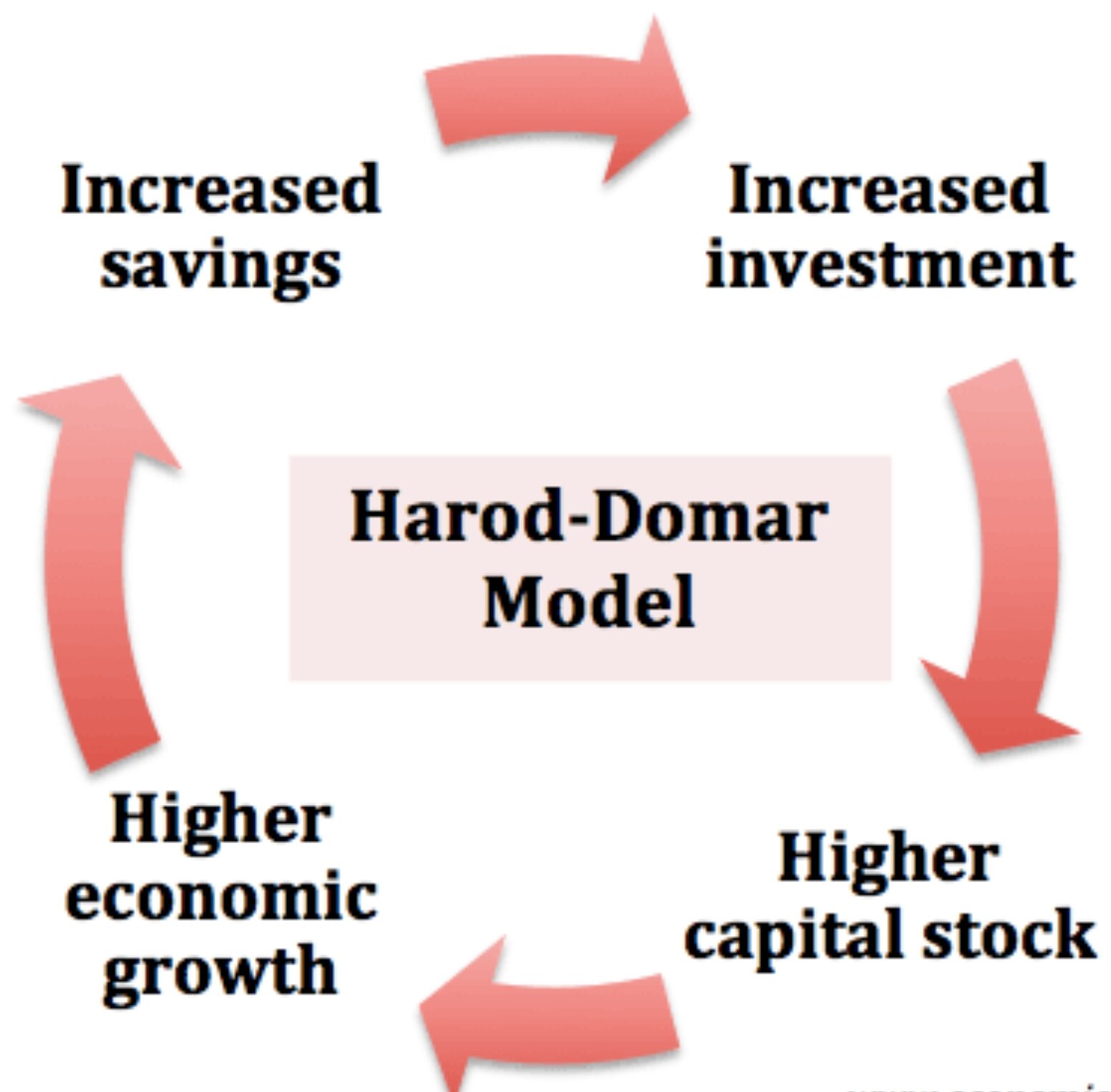
- Investment: is seen as a critical enabler for innovation, rapid productivity growth, and new technology, that in turn will help in increasing jobs growth.
- Economic Survey highlights the importance of creating a favourable ecosystem for private investment.
- Development of startups is a critical strategy for creating value-added and skilled jobs growth.
- Savings: level of savings equals the level of investment, as investment needs to be financed from saving so If people save more, it enables the banks to lend more to firms for investment.
- Exports: Exports plays an important role in influencing the level of employment and the balance of payments that in turn accelerates economic growth of the nation.
Challenges
- Infrastructure: India’s total population between 2015 and 2050 is projected at around 350 million people, creating significant fiscal challenges in terms of adequate physical infrastructures for delivering basic services like electricity, sanitation, affordable housing, and public transport.
- Ageing: a slowdown in India’s population growth rate (in coming two decades) will result into the problem of ageing of the population that in turn will bring additional fiscal challenges relating to healthcare, pensions and social welfare for senior citizens.
- Legal System: based on the India’s low ranking (163) in World Bank's Ease of Doing Business Report (in contract enforcement), the Economic Survey highlights the importance of reforms in the legal system and recommends the hiring of additional judges to rapidly reduce the number of unfilled vacancies and clear long backlogs in the court system.
International Relations
Turkey Receives S-400 Missile System
Turkey has received its first shipment of an advanced Russian air defence system, setting the stage for the escalation of a dispute with the US.
- The S-400 includes advanced radar designed to detect stealth fighters like the F-35.
- Turkey is set to deploy the system along the border it shares with war-torn Syria.
S-400 Triumf
S-400 Triumf is one of the world’s most advanced air defence systems that can simultaneously track numerous incoming objects — all kinds of aircraft, missiles and UAVs — in a radius of a few hundred kilometres and launch appropriate missiles to neutralise them.
Background
- The United States had warned Turkey it will face economic sanctions if it goes ahead with the purchase of a Russian missile defense system.
- The US told the Turkish government that it cannot invest in both the Russian S-400 system and the ongoing F-35 fighter jet programme.
- Under the Countering America’s Adversaries Through Sanctions Act (CAATSA), the US is mandated to impose sanctions on any country making an arms deal with Russia.
- Turkey has been a key ally within NATO and long-standing US partner in the Middle East, the Black Sea area and in Southeast Europe.
- NATO countries believe that the Russian missile system would be incompatible with existing defence infrastructure and could allow Russia to access secret F-35 information.
Countering America’s Adversaries Through Sanctions Act (CAATSA)
- The Countering America’s Adversaries through Sanctions Act (CAATSA) is a United States federal law that imposed sanctions on Iran, North Korea, and Russia.
- It includes sanctions against countries that engage in significant transactions with Russia's defense and intelligence sectors.
- India could face US sanctions for purchasing high-value military defense items, in particular, state-of-the-art S-400 Triumf missile defense system, from Russia under the act. India is set to receive its first delivery of the system in 2020.
International Relations
Joint Economic Trade Committee
The Union Minister of Commerce & Industry will address India–UK Joint Economic Trade Committee (JETCO) meeting in London.
- The key issues that will be addressed at JETCO process include:
- Future of the UK-India Financial Services Relationship.
- Opportunities in India’s growing economy.
- Innovation in financial services (FinTech).
- Investing in stressed assets.
- Opportunities in green infrastructure financing.
- Investing in innovation (private equity/venture capital) and the future of insurance.
Joint Economic Trade Committee
- JETCO provides a forum to United Kingdom companies to enhance their links and develop new partnerships with India business and decision-makers.
- Government to Government negotiations, which address issues of market liberalization and market access, are conducted through the JETCO process.
- The UK India Business Council plays a key role in feeding the views of the UK business community into JETCO process with a view to achieving favorable outcomes for UK companies.
- One of the key objectives of the JETCO process is to unveil opportunities for London’s most prominent institutional investors to invest in India.
India-UK Trade
- UK is the third largest FDI investor in India and is among India’s main trading partners.
- Trade totaled Euro 13.6 billion in 2018. Moreover, trade between India and UK increased at an average rate of 8.8% per year between 2002 and 2018.
International Relations
India Connects Bangladesh and Bhutan
The Minister of State for Shipping, digitally flagged off a ship of the Inland Waterways Authority of India (IWAI), carrying stone from Bhutan to be delivered in Bangladesh.
- This is the first time an Indian waterway is being used as a channel for transport of cargo between the two countries, implying using India for transit.
- This is beneficial to India as well as Bhutan and Bangladesh, and will strengthen relations between the neighbouring countries. Also, waterways are more friendly mode of transport.
- The ship, MV AAI, has set sail from Dhubri in Assam and will travel to Narayanganj in Bangladesh, over river Brahmaputra and the Indo Bangladesh Protocol Route.
- The stone aggregates were transported by trucks from Phuentsholing in Bhutan which is 160 km from IWAI’s Dhubri jetty in Assam.
- The transport of cargo through this route will cut short travel time by 8 to 10 days, and reduce transportation cost by 30%, bringing down logistics costs.
- It also opens up an alternate route to the North Eastern states, making it easier and cheaper to reach goods to these places from other parts of the country.
- Till now, Bhutan has been exporting significant quantity of stone aggregates to Bangladesh through the land route.
The Indo Bangladesh Protocol Route
- An inland water transit and trade protocol exists between India and Bangladesh under which inland vessels of one country can transit through the specified routes of the other country.
- The existing protocol routes include Kolkata-Pandu-Kolkata, Kolkata-Karimganj - Kolkata, Rajshahi-Dhulian-Rajshahi and Pandu-Karimganj-Pandu. The other routes can be prescribed by the Competent Authorities from time to time.
- For inter-country trade, equal number of ports of call have been designated in each country and includes Haldia, Kolkata, Pandu and Karimganj in India and Narayanganj, Khulna, Mongla and Sirajganj in Bangladesh.
- A port of call is an intermediate port where ships customarily stop for supplies, repairs, or transshipment of cargo.
- Under the Protocol, 50:50 cargo sharing by Indian and Bangladeshi vessels is permitted both for transit and inter country trade.
- IWAI is the Competent Authority on Indian side.
- The Inland Waterways Authority of India (IWAI) came into existence on 27th October 1986 for development and regulation of inland waterways for shipping and navigation.
- The Authority primarily undertakes projects for development and maintenance of Inland Water Transport (IWT) infrastructure on national waterways through grant received from Ministry of Shipping.
- The head office of the Authority is at Noida.
Initiatives to increase the use of Inland Waterways
- The Government is taking various initiatives to increase the use of inland waterways and coastal shipping for greater cargo shipment. These include providing assured depth of water in the channels, navigation aids like GPS and River Information System, terminals at regular intervals, facilities for mechanized handling of cargo handling etc.
- A minimum 40% discount and priority in berthing is being given to coastal vessels at major ports.
- Licensing relaxations have been made under section 406 and 407 of the Merchant Shipping Act 1958 for fertilizers, agricultural products, fisheries, horticultural, and animal husbandry products, empty containers and containers being transhipped from another Indian port.
Important Facts For Prelims
Kangra Painting
Kangra Miniature painting is one of the schools of Pahari paintings along with Guler, Basholi, Mandi, Chamba and Bilaspur.
- Miniatures are small-sized paintings, generally done in watercolor on cloth or paper.
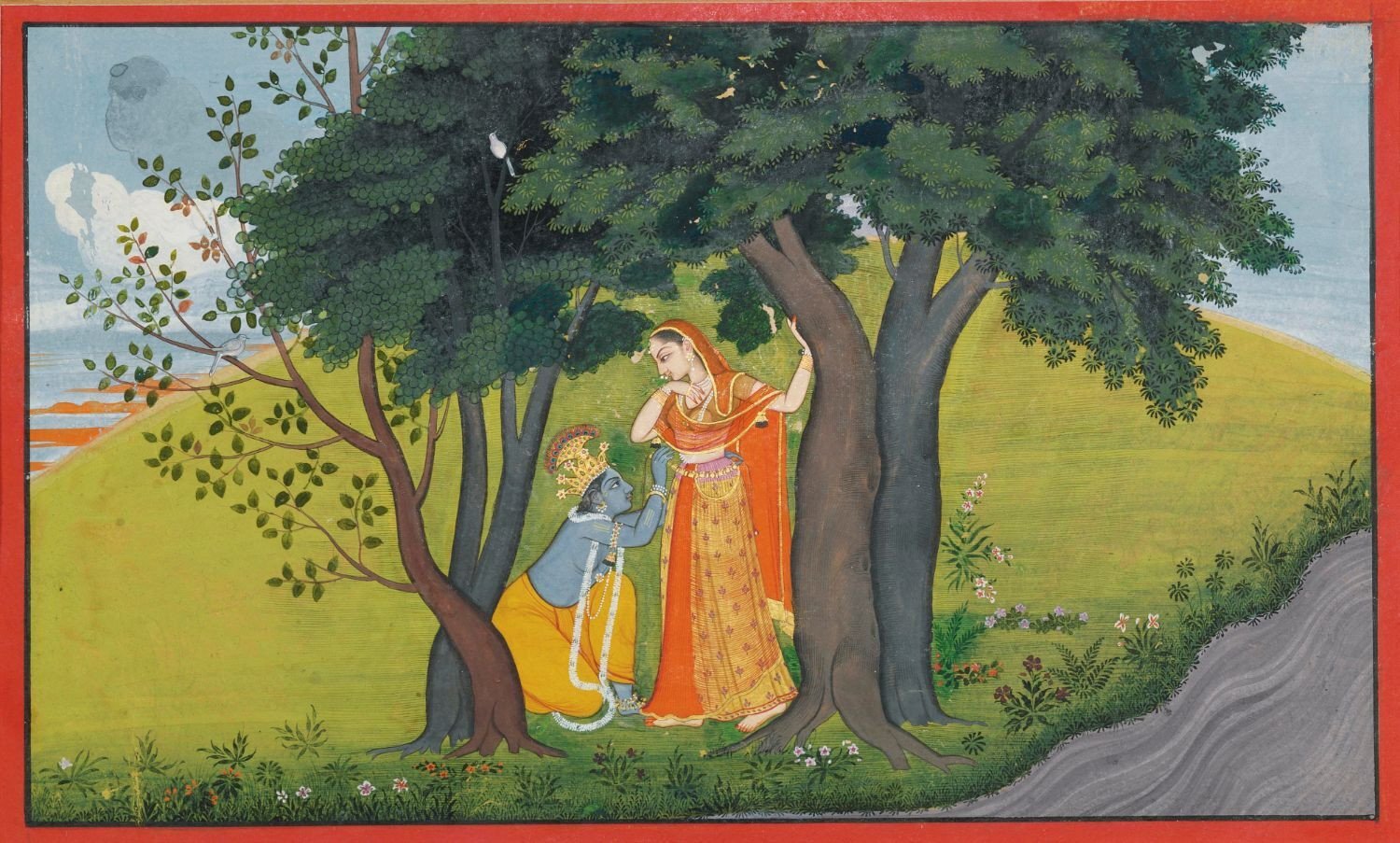
- Nadir Shah’s invasion and conquest of Delhi in 1739 resulted in the migration of Mughal artists to the hills to escape the uncertainties of the plains.
- These artists found ready patrons in the hills which led to the founding of the Kangra school of painting.
- By the mid eighteenth century the Kangra artists developed a new style wherein the source of inspiration was the Vaishnavite traditions. Soft colours including cool blues and greens, and a lyrical treatment of themes distinguished Kangra painting.
- The name Kangra style is given to this group of painting for the reason that they are identical in style to the portraits of Raja Sansar Chand of Kangra.
Important Facts For Prelims
Buyback Tax
The Finance Ministry has said that it will look into the applicability of 20% tax proposed in the 2019-20 Budget on the current share buybacks by listed companies.
- A buyback is a scheme by which a company repurchases a certain amount of its outstanding shares. Once taken back, these shares are extinguished by the company.
- It can be done to improve the earnings per share for continuing shareholders.
- It can also be done if promoters want to hike their stake in the company, sometimes to avoid any takeover threats.
- To escape dividend distribution tax, listed companies resort to buybacks.
- A dividend is a return given by a company to its shareholders out of the profits earned by the company in a particular year. A tax called the Dividend Distribution Tax (DDT) is levied on the company paying the dividend.
- Presently, the effective rate is 20.3576%.
- To plug the differential tax treatment between buybacks and dividend payouts, the government has proposed that 20 % tax will be levied on the difference between the issue price and the buyback price of the share.
Important Facts For Prelims
Evidence of Ancient Human Cognition
Recently, In China, archaeologists have found the earliest evidence of Ochre on bone engravings.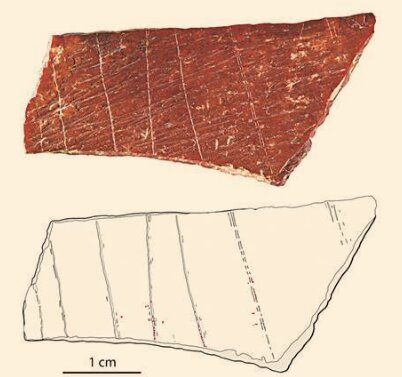
- The discovery of abstract engravings is considered an indicator of modern human cognition which researchers say led to the development of symbols, drawings, art and language.
- The bones discovered there had seven engraved lines with the presence of a red residue.
- Population which inhabited the region might have used the bone as a medium on which they could permanently record sequential markings and used ochre as a way of highlighting them.
- Human cognition refers to the capacity of making complex tools and producing different art forms such as painting, engraving and music.
- Ochre is a natural clay earth pigment which is a mixture of ferric oxide and varying amounts of clay and sand. It ranges in colour from yellow to deep orange or brown
Important Facts For Prelims
Anshula Kant
India’s Anshula Kant has been appointed as the Managing Director (MD) and Chief Financial Officer (CFO) of the World Bank.
- Anshula Kant will be the first woman Chief Financial Officer of the World Bank.
- As Managing Director and Chief Financial Officer, she will be responsible for:
- Financial and risk management of the World Bank Group.
- Oversight of financial reporting.
- Working closely with the World Bank Chief Executive Officer on the mobilization of financial resources.

